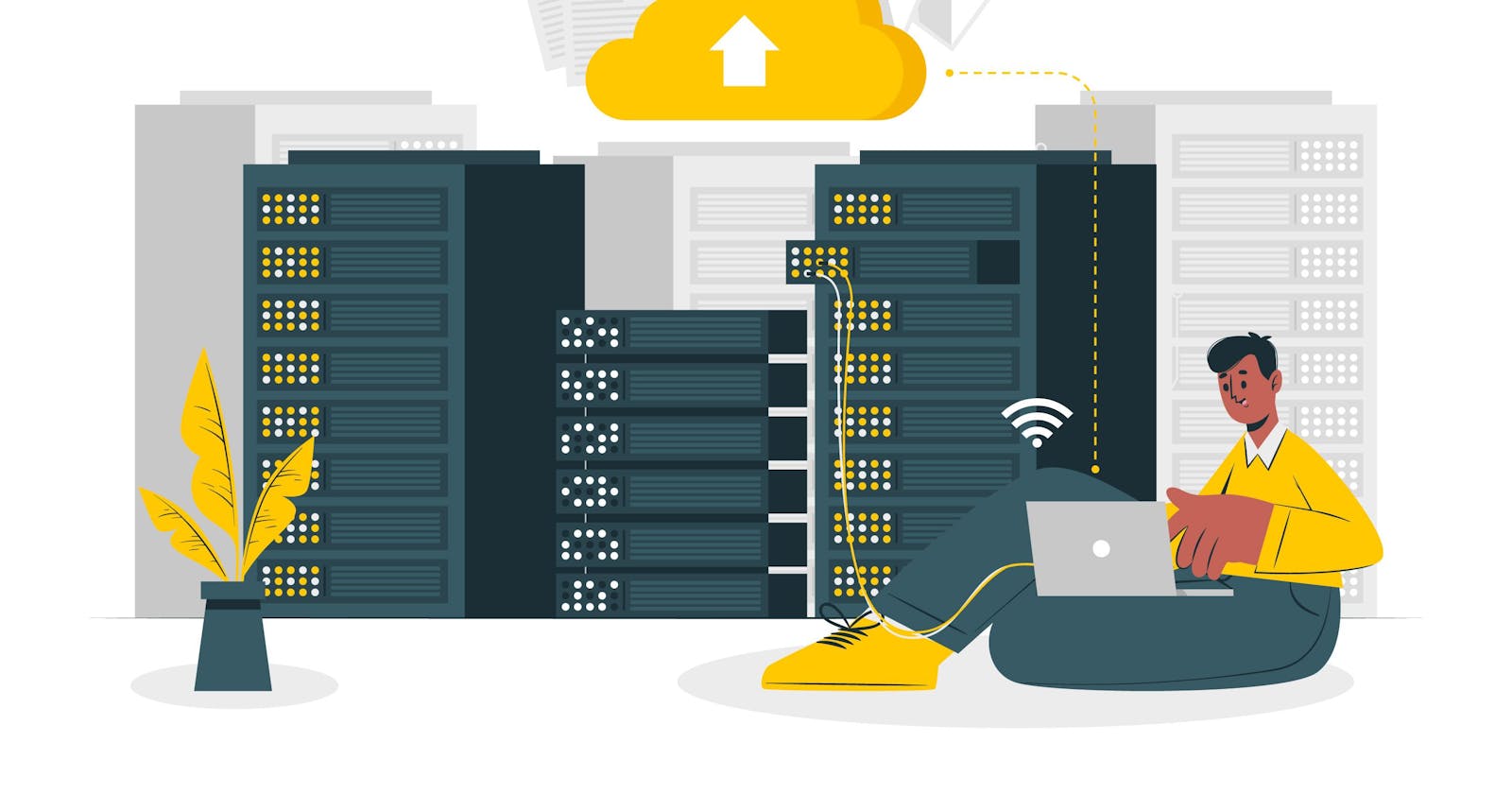As a beginner in IT, sometimes it might be a bit overwhelming to understand the concepts of cloud or cloud computing. To develop a strong understanding of the complex architectures that revolve around the cloud. Building a strong foundation in the basics is key. Let's break it down together!
After reading this article, you should be able to:
Define Cloud Computing
Define Cloud Deployment Models
Define Cloud Computing Service Models
Understand the Advantages of Cloud Computing
Know Key Cloud Providers
Definition of Cloud Computing
Cloud Computing is the on-demand delivery of computing power, databases, storage, applications, and other IT resources over the Internet with a pay-as-you-go pricing model.
These resources run on remote servers located in large data centers in multiple locations around the world. Cloud service providers own and maintain these servers.
On-Premises Challenges
Before the advent of the Cloud, organizations had to buy physical hardware infrastructure such as RAM, processors, storage drives, and networking devices to build their on-premises servers. Although on-premises infrastructure offers complete control over data and infrastructure. It requires a significant amount of physical space, maintenance, and financial investment.
Cloud Deployment Models
Three main cloud deployment models represent the cloud environments where applications can be deployed:
Public Cloud
Hybrid Cloud
Private Cloud
Public Cloud
A cloud-native or cloud-based application is entirely deployed in the cloud and all parts of the application run in the cloud environment. Applications in the cloud are either created in the cloud or migrated from an existing on-premises infrastructure to leverage the benefits of cloud computing.
Hybrid Cloud
A hybrid deployment is a way to connect infrastructure and applications between cloud-based resources and existing resources that are not in the cloud. The most common method of hybrid deployment is between the cloud and existing on-premises infrastructure. This model enables organizations to extend and grow their infrastructure into the cloud while connecting cloud resources to internal systems.
Private Cloud
Deploying resources on-premises using virtualization and resource management tools is known as a private cloud. Although on-premises deployment does not provide many benefits of cloud computing, it can offer dedicated resources. In most cases, this deployment model is the same as legacy IT infrastructure, but it might also use application management and virtualization technologies to increase resource utilization.
Cloud Computing Service Models
There are three main service models for cloud computing. Each model represents a different part of the cloud computing stack.
Infrastructure as a Service (IaaS)
Platform as a Service (PaaS)
Software as a Service (SaaS)
Infrastructure as a Service
Infrastructure as a Service (IaaS) is a cloud computing model that offers customers access to essential IT building blocks such as networking, computing, and data storage. IaaS provides customers with a high degree of flexibility and management control over their IT resources.
Platform as a Service
This service model eliminates the need for organizations to manage underlying infrastructure such as hardware and operating systems. It allows them to concentrate on deploying and managing their applications.
Software as a Service
This service model provides users with a complete product that is managed and run by the cloud service provider. A common example of a SaaS application is Google Drive.
The below image can help you wrap your head around the different cloud service models.

Advantages of Cloud Computing
1. Zero Upfront Cost:
Businesses do not need to invest in physical infrastructure to run their applications. This means that there is no capital expenditure (CAPEX) required, and only the operational expenditure (OPEX) has to be paid to the Cloud Service Providers (CSPs).
2. No Need to Guess the Capacity:
Businesses can easily scale their infrastructure resources up and down to meet changing demand.
3. Reach Millions in Minutes
Businesses can deploy their applications across multiple regions of Cloud Service Providers worldwide, providing customers with a better experience and lower latency with just a few clicks.
There are more advantages but these are the important ones to know.
Key Cloud Providers
Major cloud service providers include Amazon Web Services (AWS), Microsoft Azure, Google Cloud Platform (GCP), and others. Each provider offers a range of services, and the choice depends on specific needs and preferences.
Conclusion
In conclusion, cloud computing has revolutionized the way businesses operate by providing a scalable, flexible, and cost-effective way to manage IT resources. With the various deployment and service models available, organizations can choose the one that best suits their needs. The advantages of cloud computing, such as zero upfront cost, flexible capacity, and global reach, make it an attractive option for businesses of all sizes. As a beginner, understanding the basics of cloud computing and its various models is essential to get started in this exciting and dynamic field.
